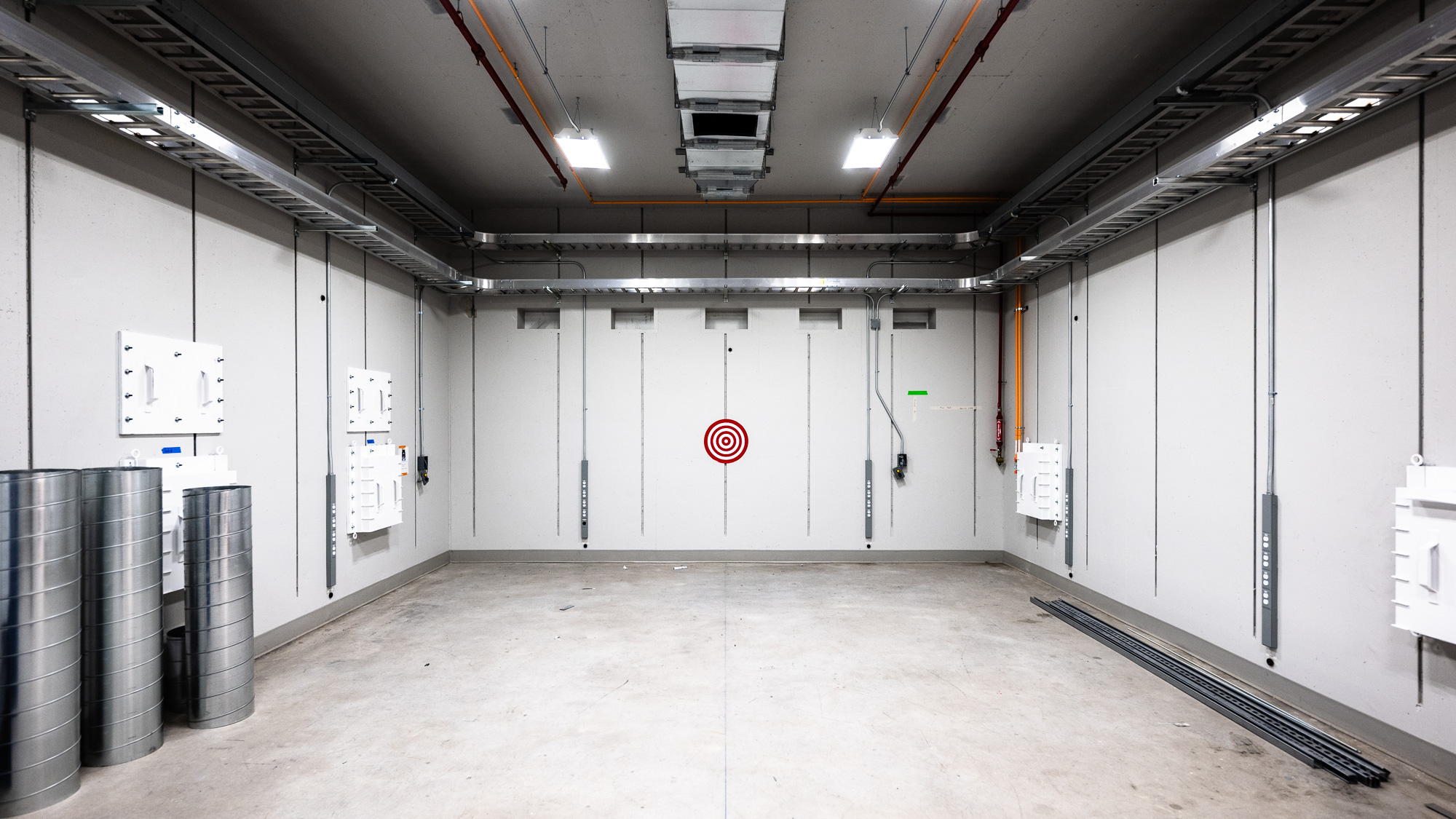| Techniques | Nano-X-ray fluorescence imaging in 2D and 3D, sub-10nm ptychography, nano diffraction, nano imaging of X-ray beam induced current and voltage |
| Photon beam energy | 4.8-30 keV |
| X-ray spot size | 20 nm at 25 keV |
| Working distance | 55 mm |

The future of energy storage is going to require longer-lasting batteries and solar cells. The current generation of these devices degrade over time, and the first step toward addressing that degradation is to understand what causes it. In order to do that, scientists need to be able to not only see these devices at nanoscales, but watch closely as they charge and discharge, looking for even the smallest signs of decay.
For that, scientists need an instrument like the In Situ Nanoprobe (ISN). One of two experimental stations inside the new Long Beamline Building at the Advanced Photon Source (APS), ISN will offer two important things to researchers: a resolution previously unattainable with hard X-ray beams, and a 55-millimeter working distance, enough space to allow for in situ sample environments with changing conditions, like different temperatures.
The long beamline allows for the larger working distance, but still achieves higher spatial resolution. Many microscopy instruments have a working distance of a few millimeters, and high resolution can be achieved, but designing an in-situ experiment is more difficult.
ISN achieves this capability using very long X-ray focusing mirrors with virtually perfect shapes that allow manipulation of the ultrabright X-ray beams of the upgraded APS. ISN will be able to achieve resolutions of 20 nanometers at high X-ray energies. (The average human hair is about 90,000 nanometers wide.) This is a high enough resolution that scientists using the beamline’s nanospectroscopy capability will be able to pick up small amounts of trace elements in their sample and identify these across large sample volumes of several millimeters.
The long working distance at the ISN allows for more complicated experiments on everything ranging from catalysts to photovoltaic systems.
One of the goals of ISN is to study systems such as batteries and photovoltaic materials across many different length scales, a practice called hierarchical imaging. This allows, for instance, to find small defects and impurities that may affect the macroscopic performance of materials systems and devices, in effect finding and characterizing a needle in a haystack that is critical to performance.
Understanding the defects in a battery at small scales, for instance, allows scientists to see how it affects operation. Characterizing the chemical composition of individual particles while the batteries charge and recharge them enables study of how a system behaves under operating conditions.
The unique qualities of ISN fit in nicely with the other feature beamlines of the APS Upgrade, offering users a full characterization suite for their samples.
BEAMLINE CONTACTS:
Jörg Maser, maser@anl.gov
Barry Lai, blai@anl.gov
Sarah Wieghold swieghold@anl.gov
Zhonghou Cai cai@anl.gov
